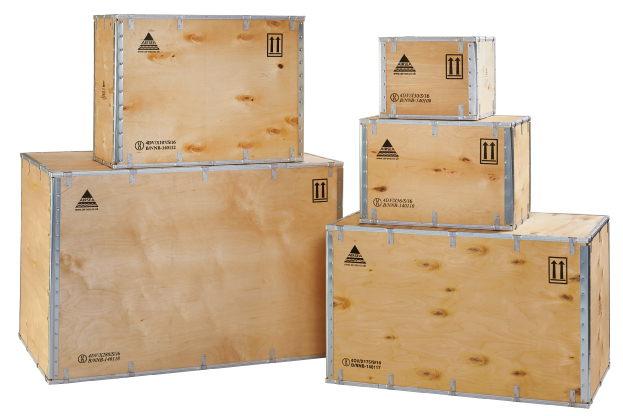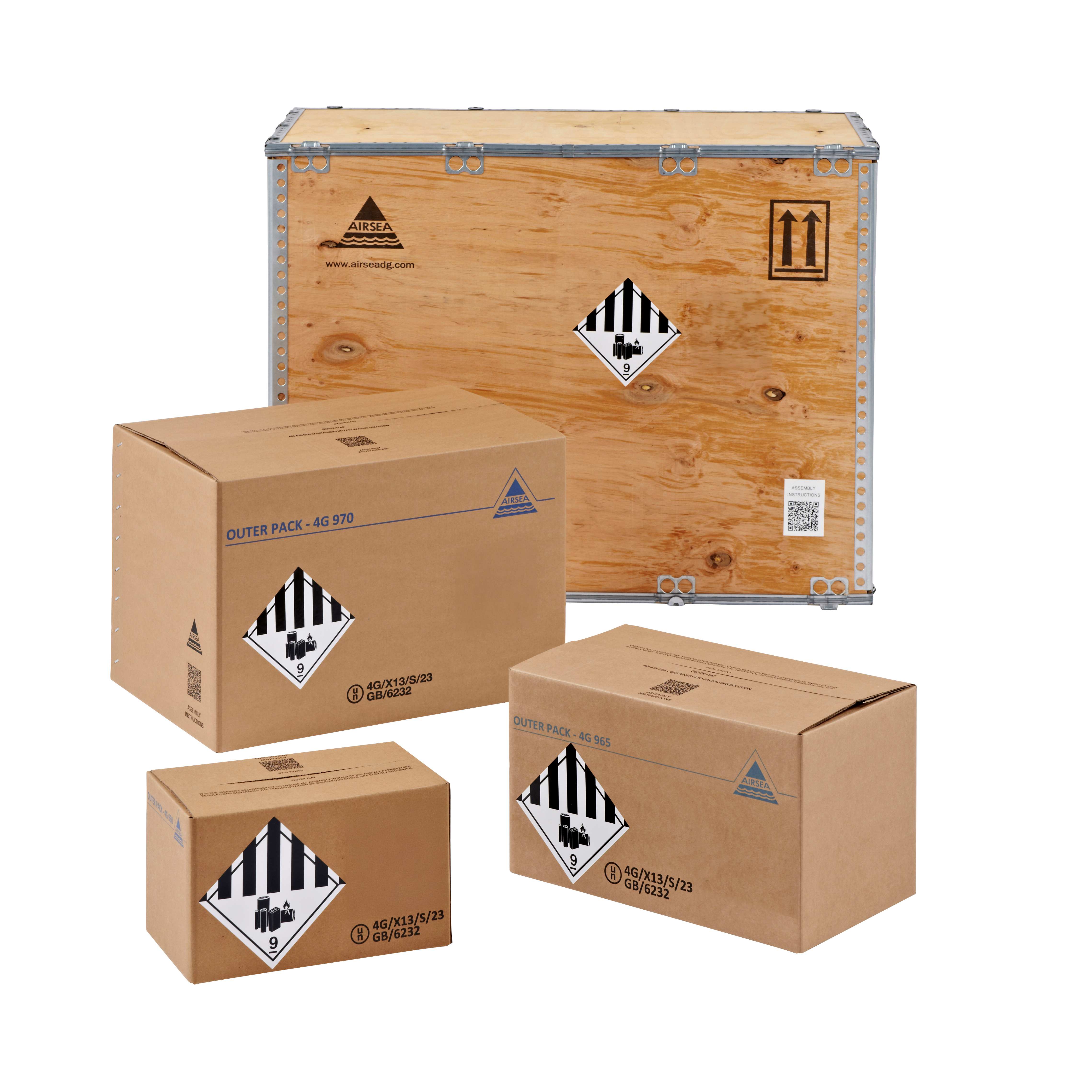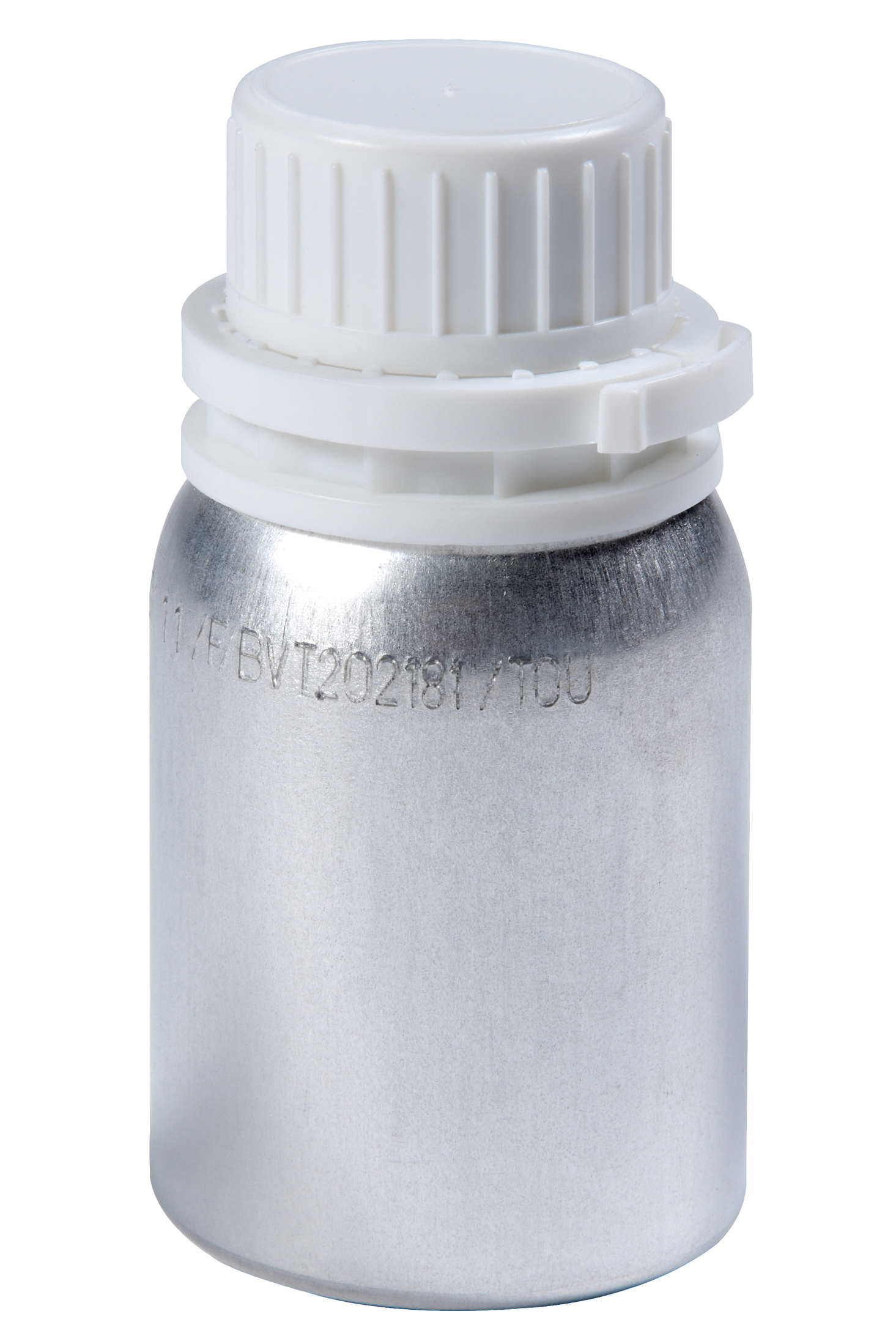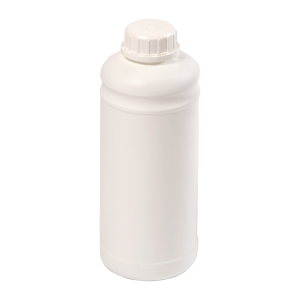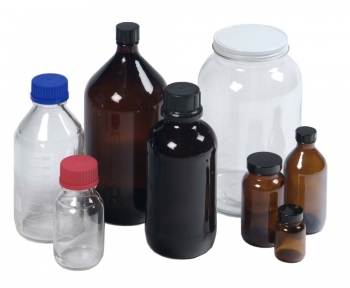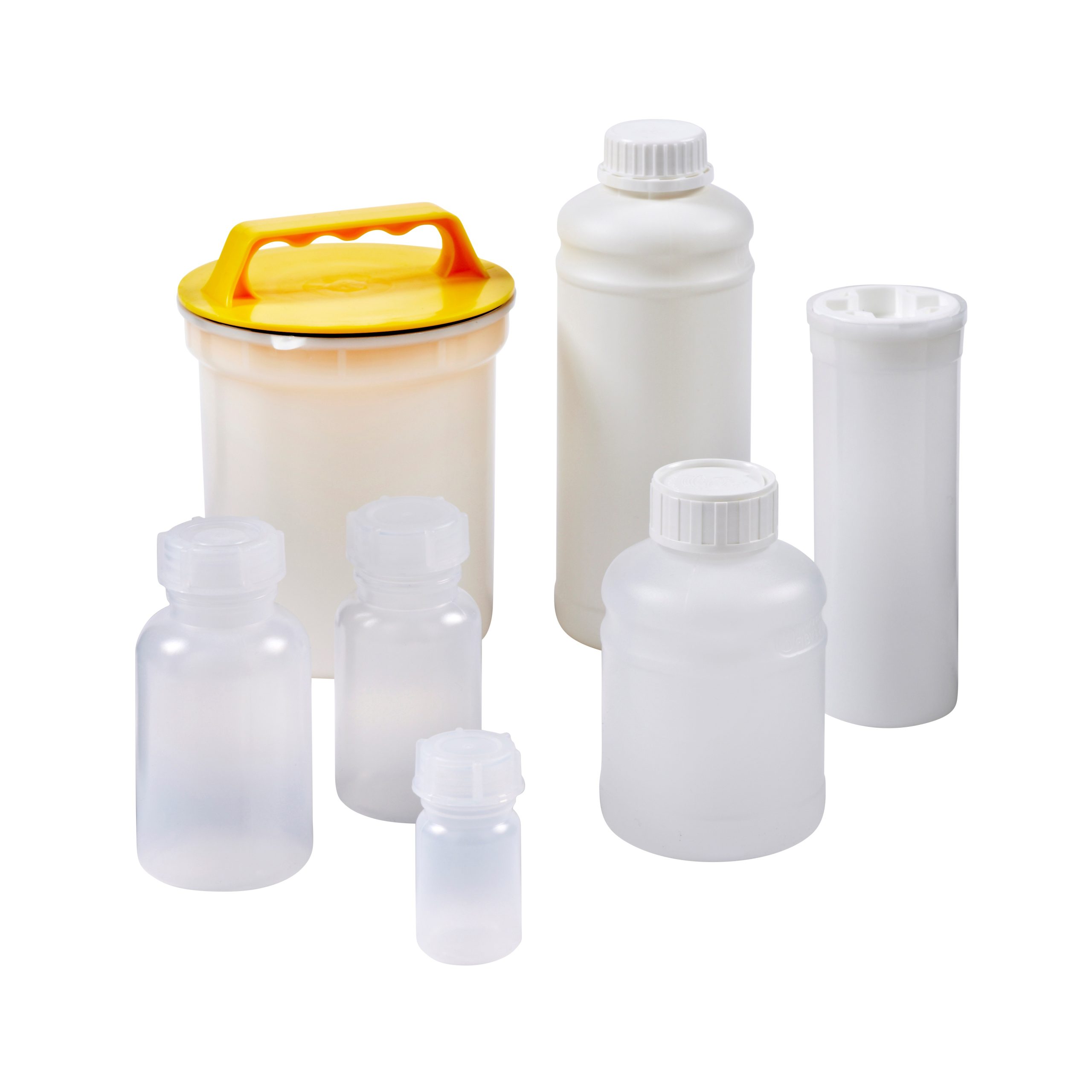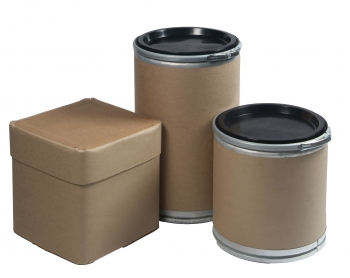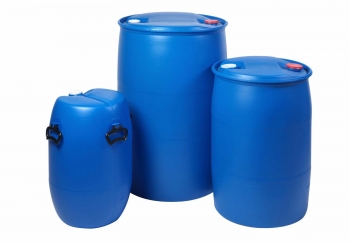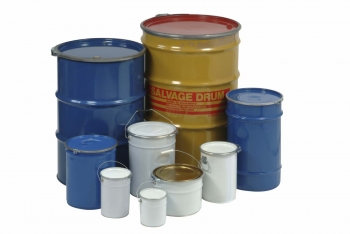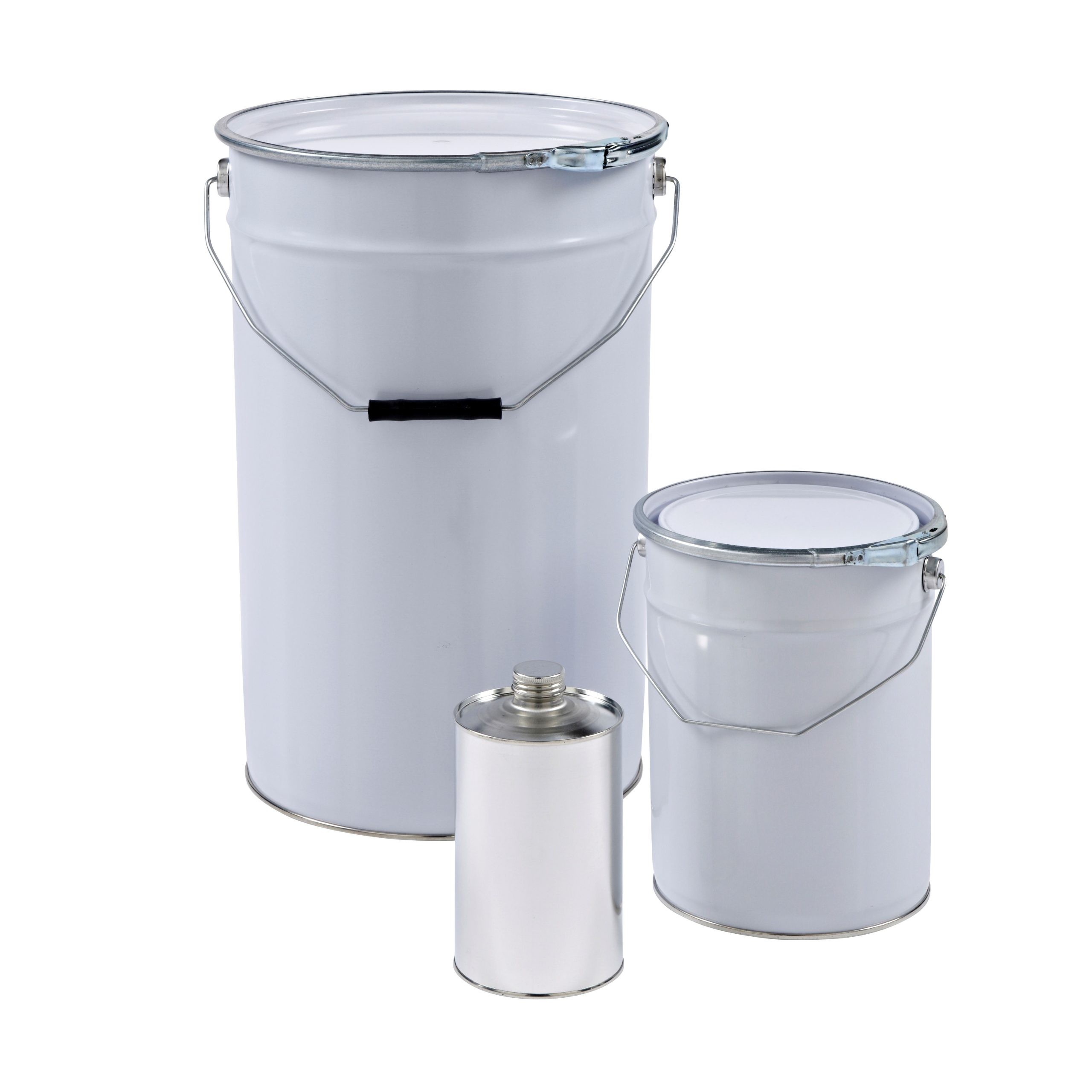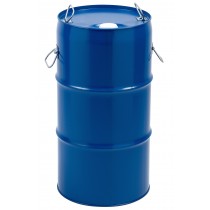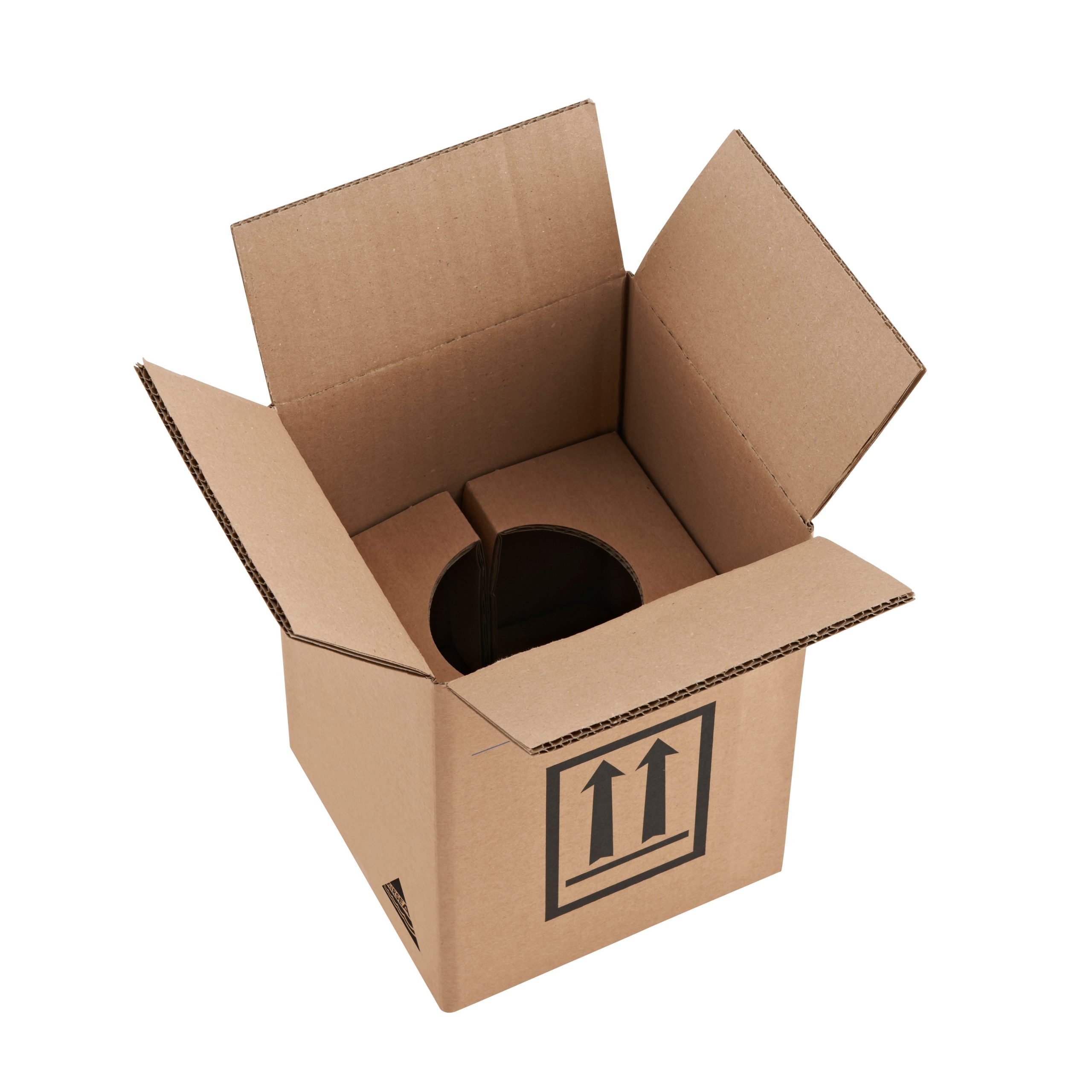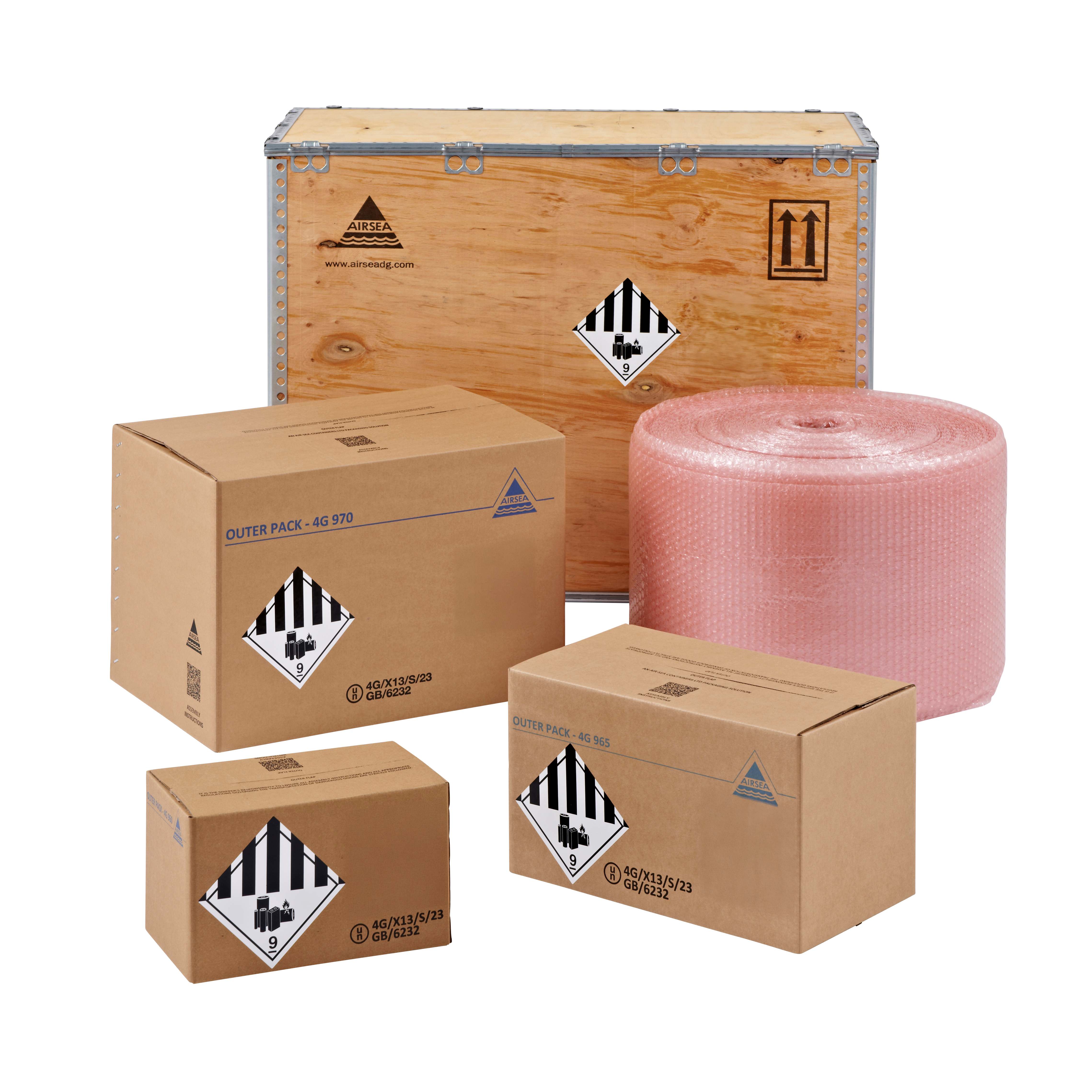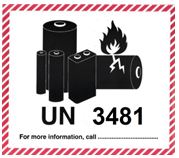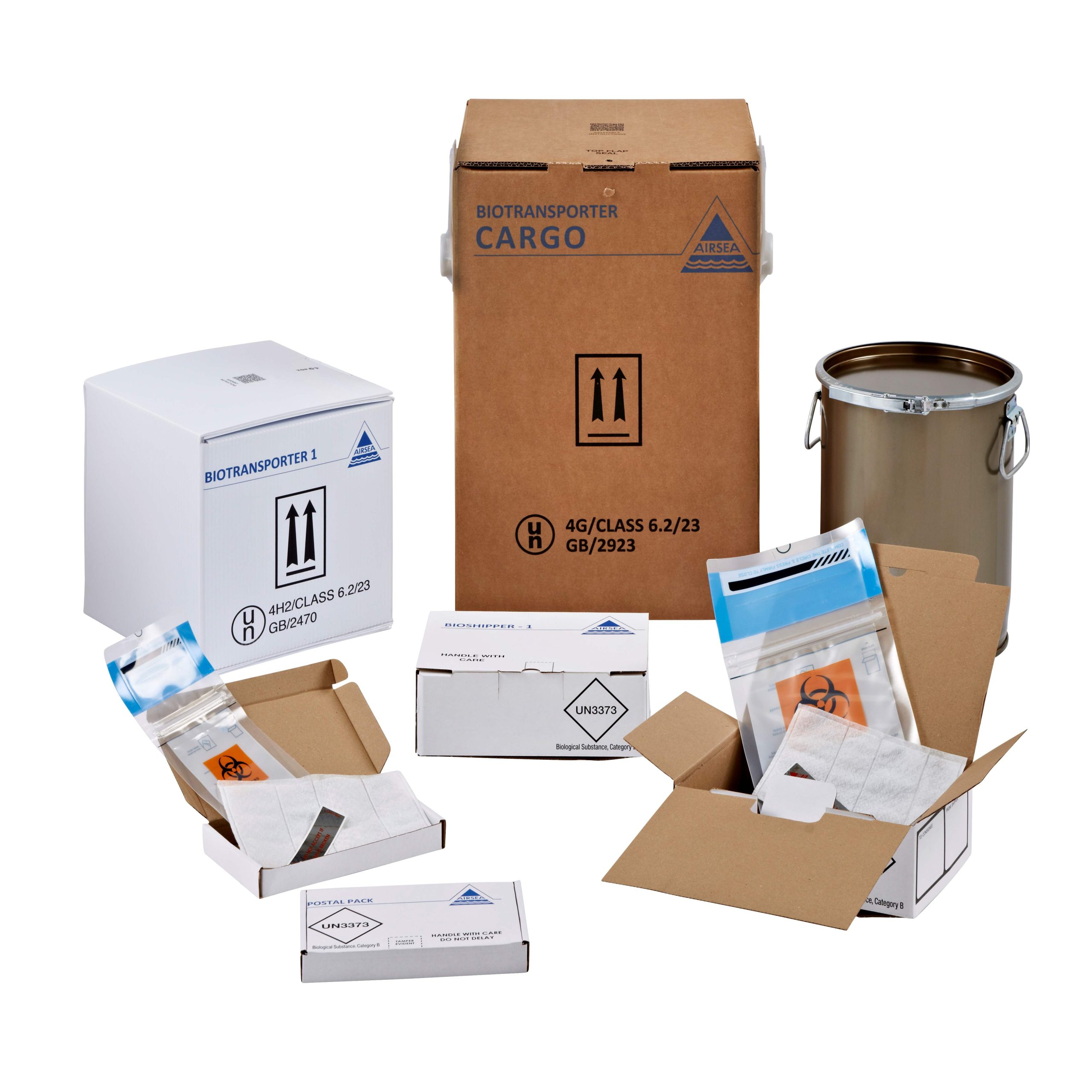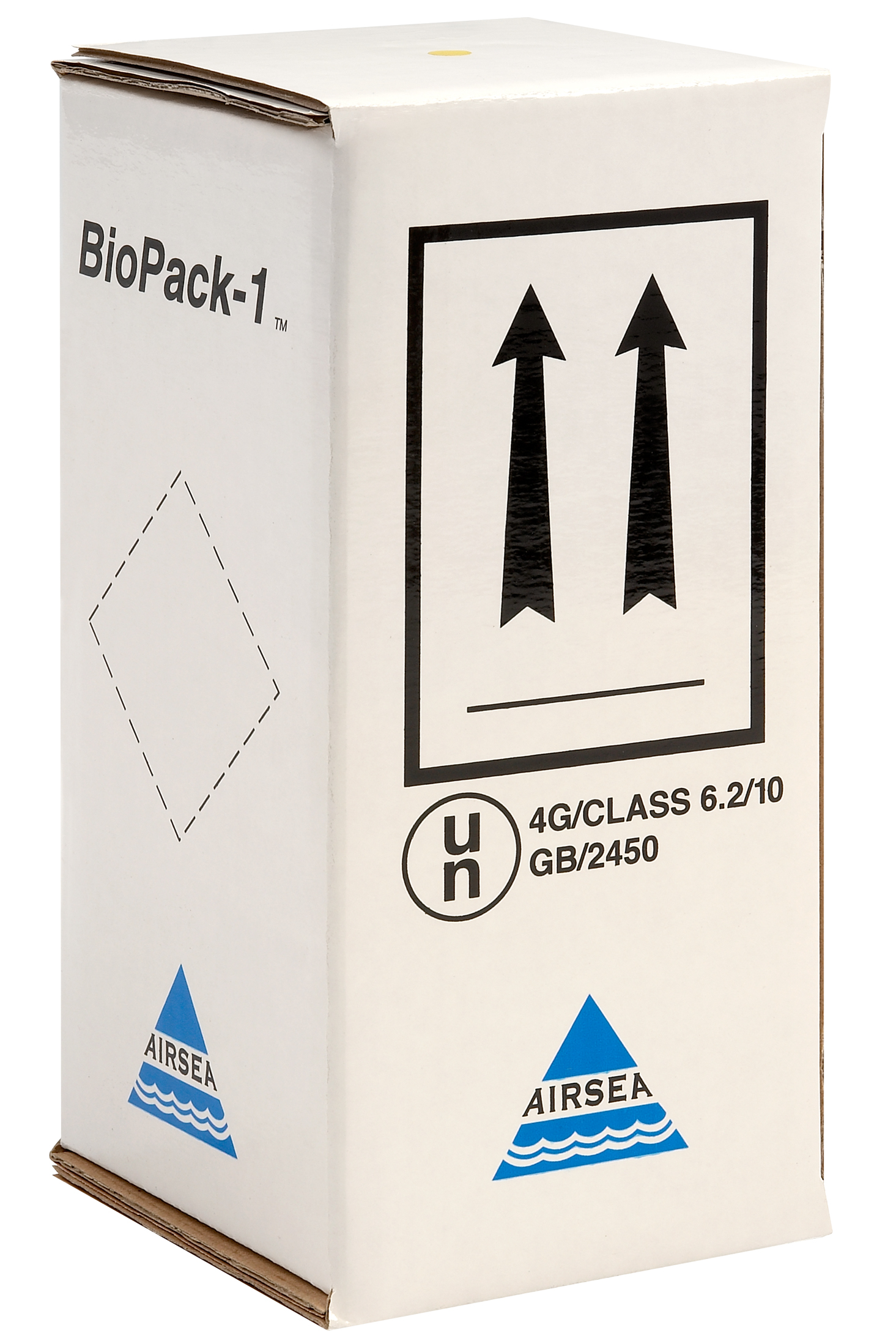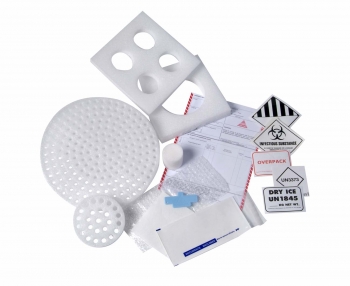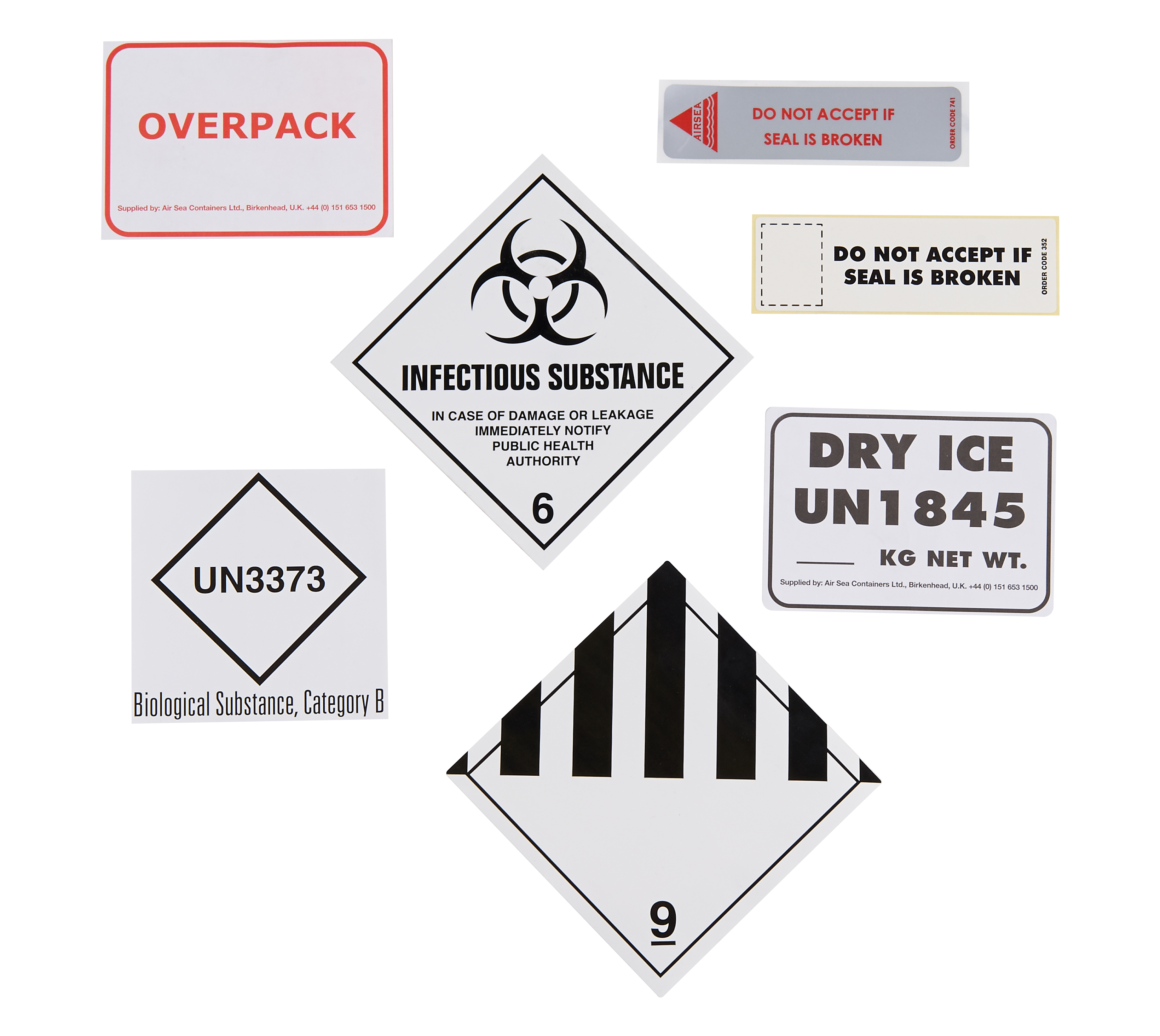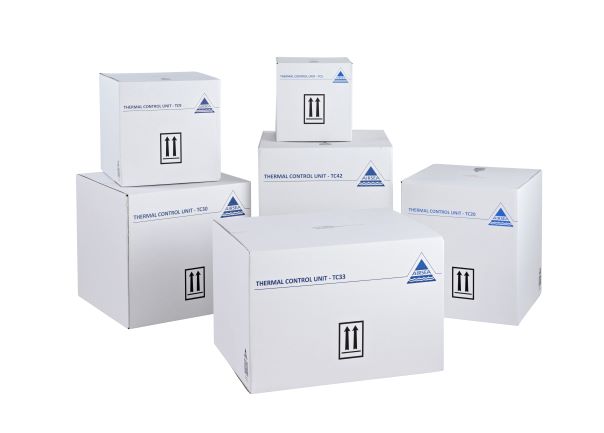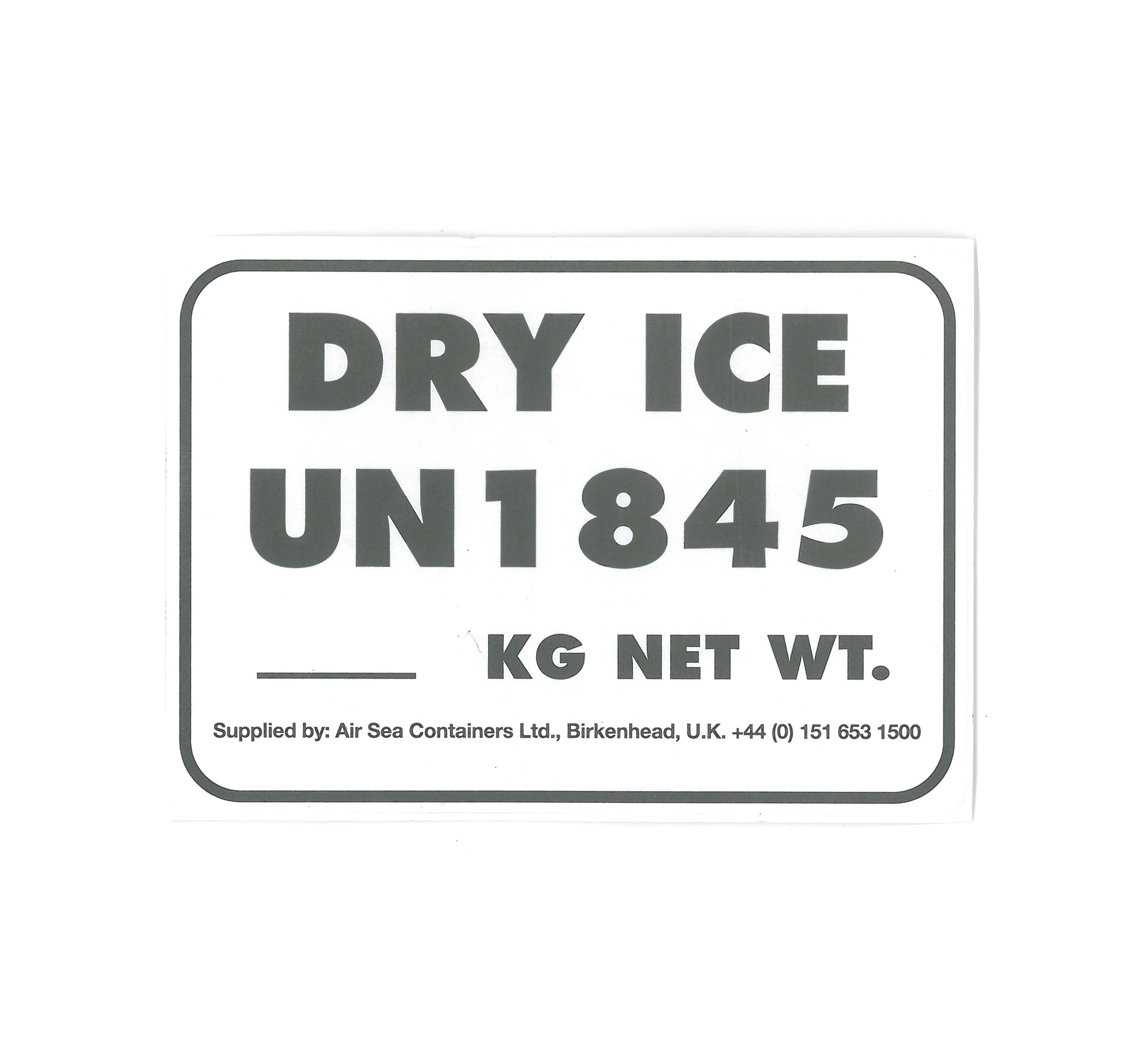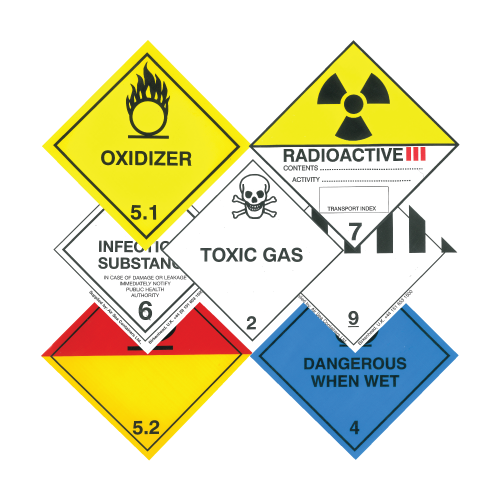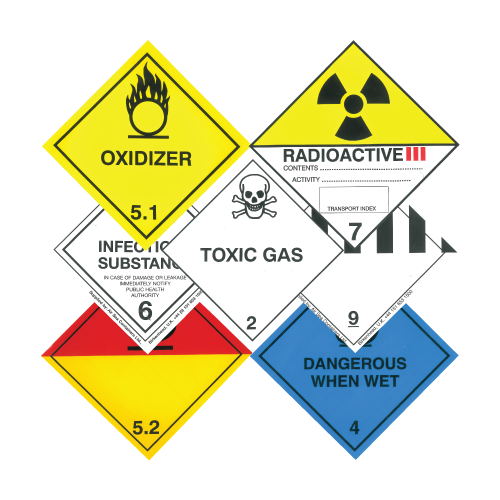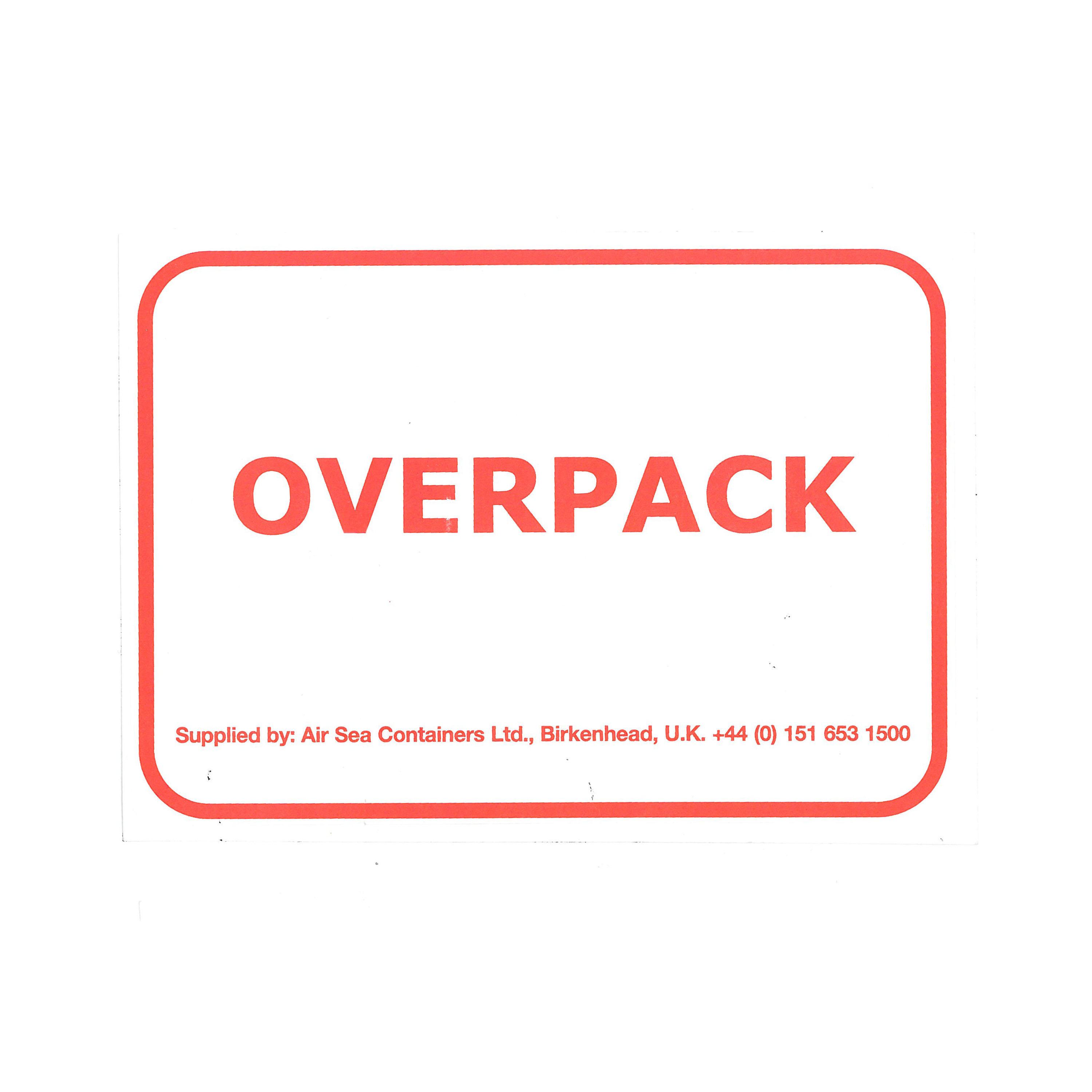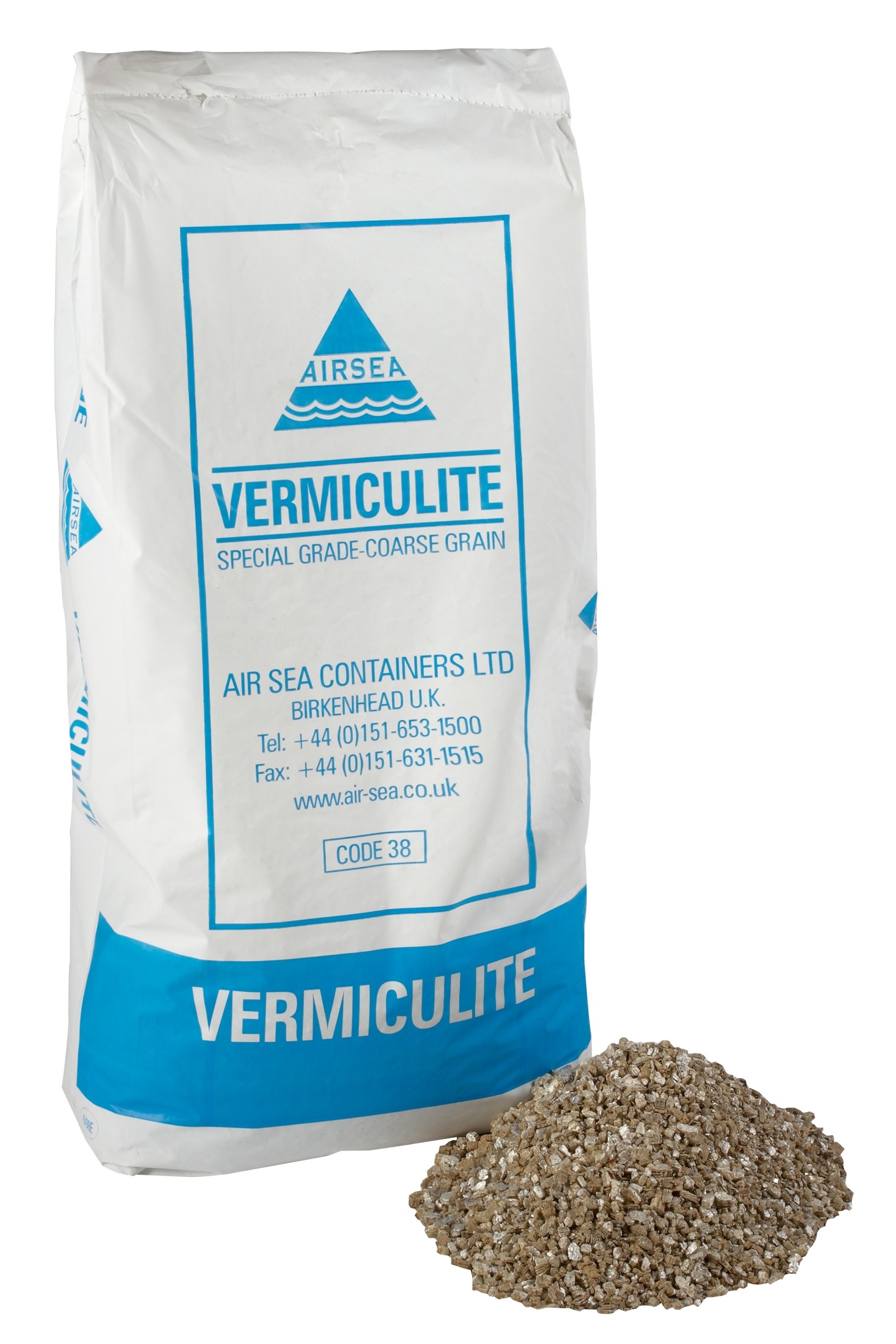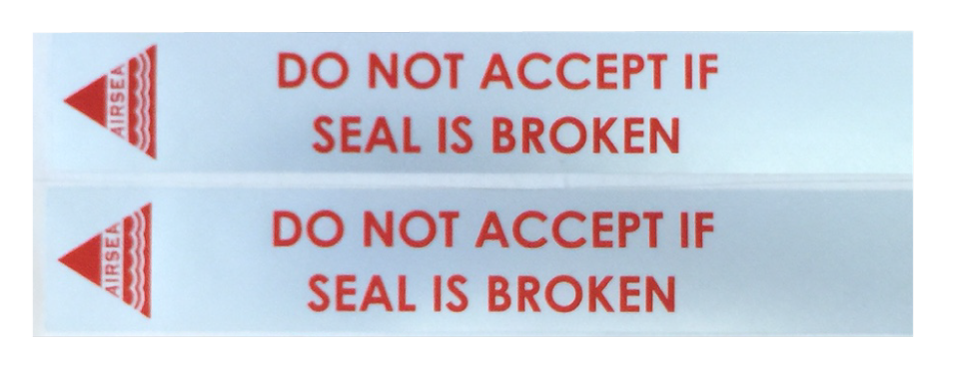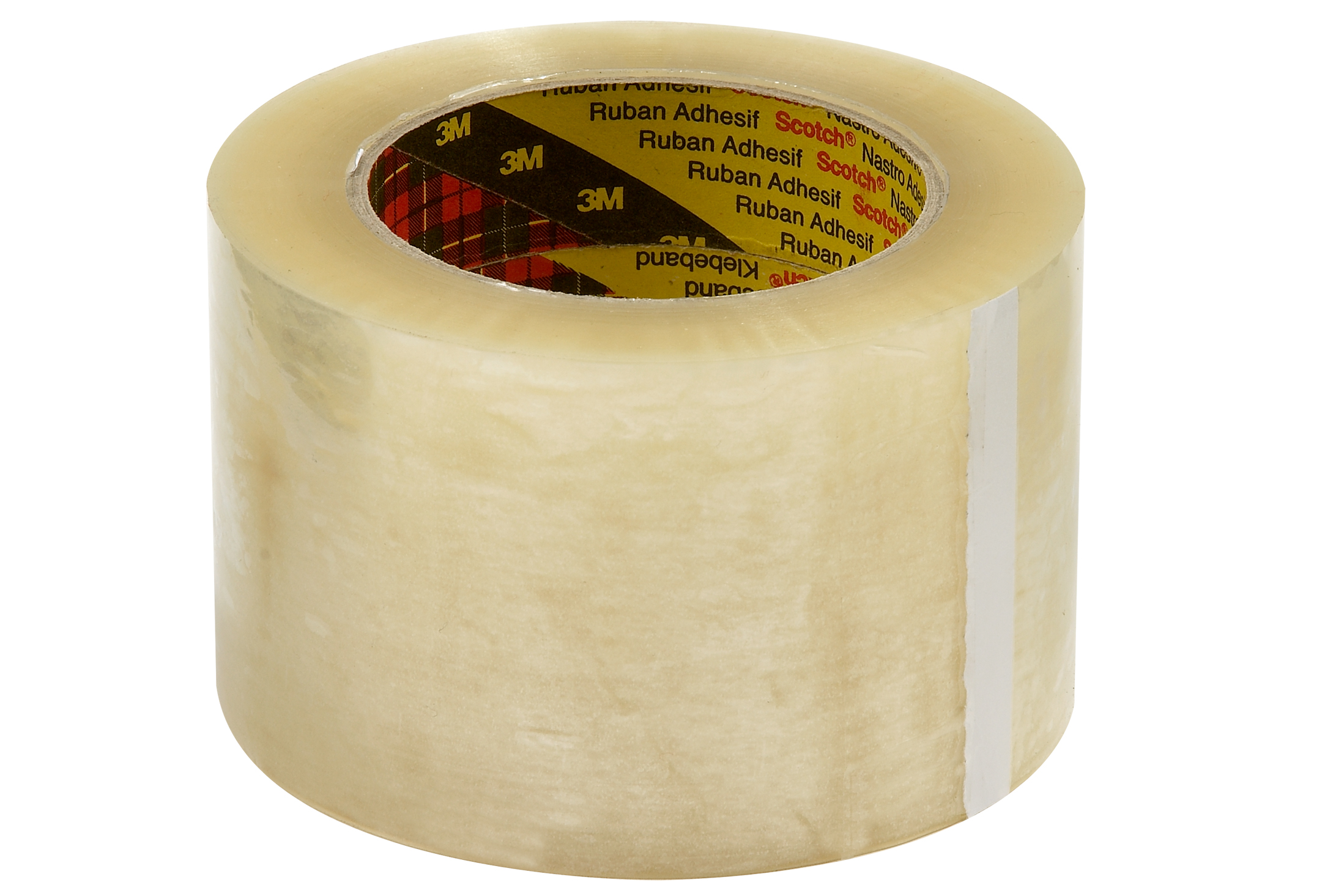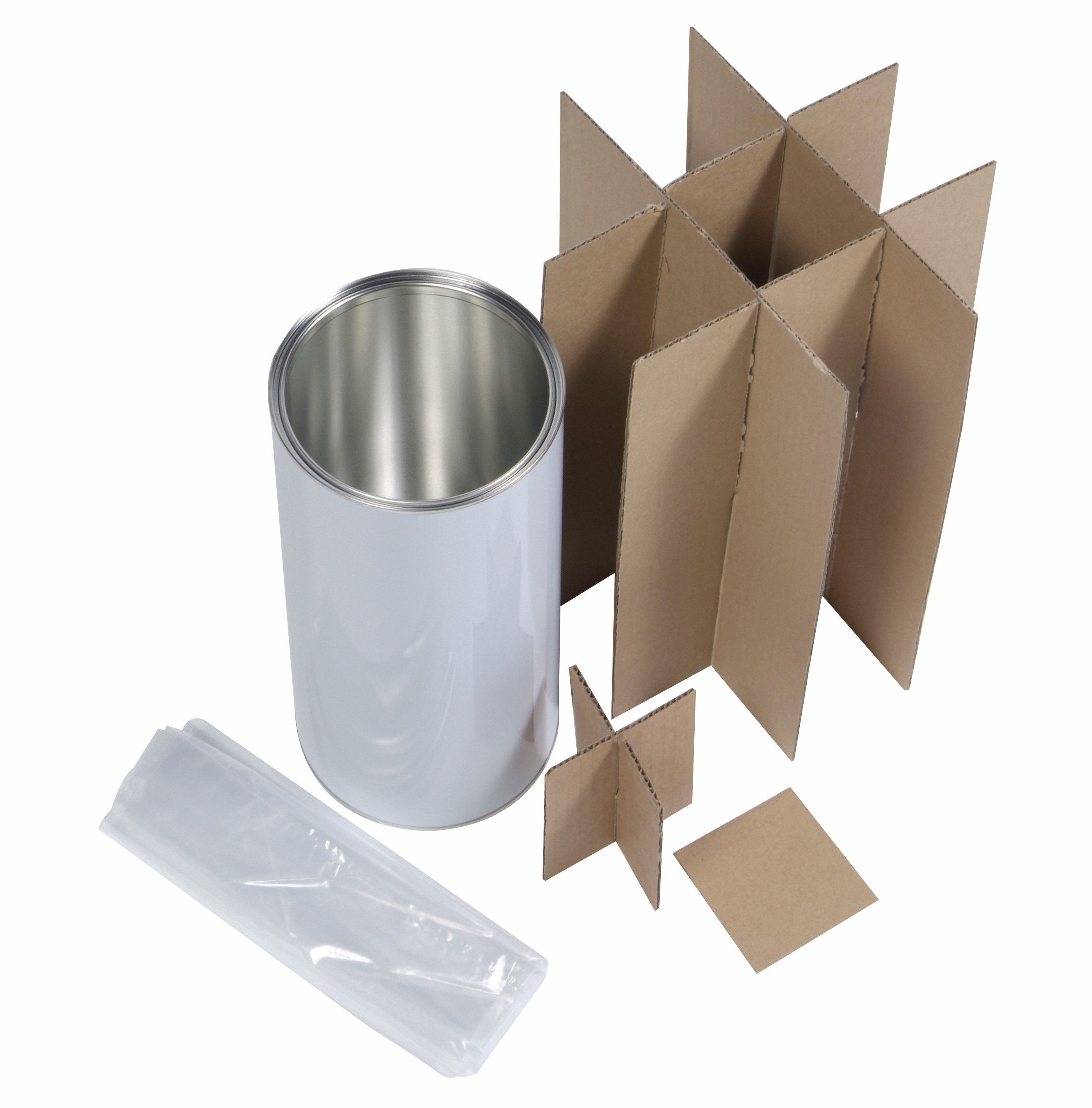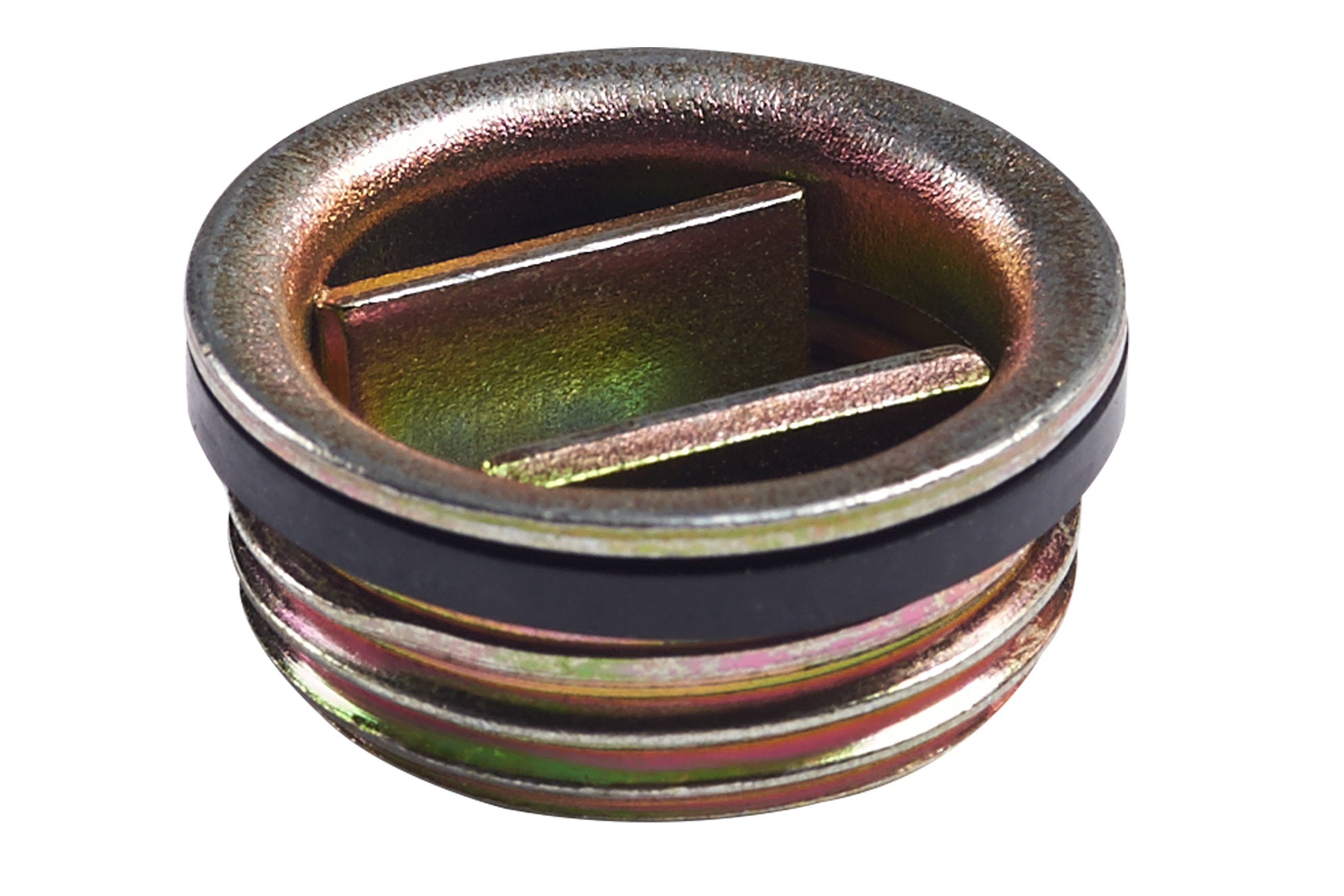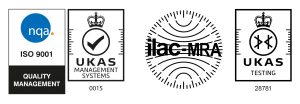Shipping dangerous goods overseas requires strict adherence to rules and regulations set out by not just UK law but also the law from the destination country.
It is the responsibility of the shipper to ensure that all dangerous goods are packaged correctly and safe to ship. If you break any rules during the overseas transportation of hazardous goods then you can be subject to a very hefty fine and possibly even a prison sentence.
In the past, shipping referred to just goods being transported by sea, whereas now the term shipping can be used interchangeably to refer to goods transported by sea, air and road.
Here is some information that you should keep in mind if you need to ship dangerous goods overseas to avoid being penalised.
Shipping dangerous goods by sea
Hazardous goods can be transported by sea provided that they are packaged, labelled and declared appropriately and that you have completed a valid dangerous goods notification.
The regulatory body in charge of dangerous goods being shipped by sea is the International Maritime Organisation (IMO). They follow practices set out in the latest Safety of Life at Sea (SOLAS) and the International Maritime Dangerous Goods Code (IMDG) to keep everyone safe during the transport of dangerous goods overseas.
Shipping dangerous goods by air
Dangerous goods can be shipped by air provided that the staff preparing the packaging are specifically trained, and that the goods themselves are packaged, labelled and declared appropriately according to the safe transport of dangerous goods by air from the International Civil Aviation Organisation (ICAO).
The regulatory body in charge of dangerous goods being shipped by air is ICAO, however, IATA is the International Air Transport Association (IATA) applicable to specific member airlines, members follow IATA rules where applicable.
When dangerous goods are being shipped by air, you will need to ensure that they are packaged in a container that is not only safe for the dangerous goods specifically being shipped but also packaging that will be able to withstand the pressure of the aircraft at high altitudes, and that a valid declaration for dangerous goods (for air transport) form has been completed.
How to ship dangerous goods
You will first need to be sure that your shipper can handle the specific dangerous goods that you need to ship.
There are many steps that need to be followed when shipping dangerous goods internationally. These steps begin before you even handle the goods themselves. They are as follows:
Regulations
You must be aware of the regulations around what dangerous goods you want to ship and how you want to ship them. To export any dangerous goods then you must hold a valid export license.
Dangerous goods are organised across nine classes defined by the United Nations Model Regulations. Each of these will have their own regulations attached to them that you must be aware of before starting the shipping process.
Training
Anybody involved in the package of dangerous goods must have valid, up to date training enabling them to do so safely. If none of your staff can undergo this training then it may be possible for you to hire another company to do this on your behalf.
Classified and declared
Before any dangerous goods can be shipped overseas, the appropriate dangerous goods notes must be completed according to how the items are being shipped and what their dangerous goods classes are.
These notes cannot be completed by just anybody. They need to be completed by a qualified consignor, so that the shipper and the destination country are aware on what they are shipping, what they are receiving, and how they can do so safely.
Packing
To ship dangerous goods internationally, you must use fully compliant packaging that is tested, certified and meets the UN requirements for the specific classification of goods being shipped.
Examples of approved packaging materials can be found here.
Labels and documentation
Not only must the materials be packaged securely and appropriately, but they must also be labelled correctly so that it is obvious what is being transported and the dangers of incorrect handling.
This is mostly done using dangerous goods labels and placards.
Transporting limited quantities
This information on how to ship dangerous goods applies to companies who regularly ship dangerous goods internationally by air, sea, or road. If you only transport dangerous materials in limited quantities then you may be exempt from certain packaging and labelling regulations.
See here for more information on the exemptions that come with shipping limited quantities.
Dangerous goods shippers
Air Sea Containers provide UN compliant packaging, labels and placards for businesses sending dangerous goods overseas.
If your company is involved in any form of dangerous goods shipping, then we will have packaging that works for you. We can also produce custom made packaging on request, simply get in touch and enquire to begin the process.
FAQs
Can you ship lithium batteries internationally?
Yes, but there are very specific restrictions that apply to shipping lithium-ion batteries overseas and it is important that these are adhered to for safety.
The 2022 Lithium Battery Guidance Document provided by the IATA provides more information on how you can ship lithium metal and lithium-ion batteries, and we have further information on the subject in another post available here.
Is motor oil a dangerous material to ship?
Motor oil is dangerous to ship and must be packaged correctly before shipping. However, it is not classed as a Class 3 dangerous good by the UN’s classification unless it has a flash point of less than 60°C.
What is Biological Substance Category B
Biological Substance Category B are infectious substances and can be either human or animal material.
You can ship Biological Substance Category B provided that you are following all UN packaging regulations and the guidance of your shipping regulator.
Information correct at time of publishing, 25 March 2022
 UK
UK



